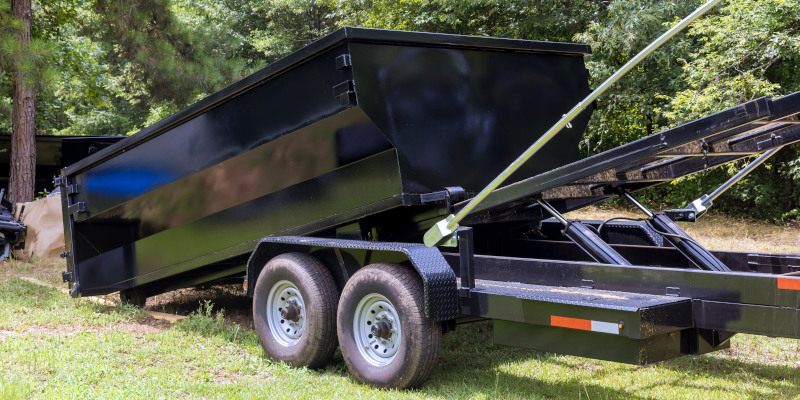Termites are silent destroyers who can cause significant damage to your home if left unchecked. Understanding the ins and outs of termite control is essential to safeguarding your property. Here’s what you should know about termite control.
Identifying the Need for Termite Control
Termites feed on wood and cellulose-based materials, making your home’s structure an ideal target. Signs of infestation include hollow-sounding wood, mud tubes on walls, and discarded wings near access holes. Early diagnosis is critical to reducing damage.
Types of Termites
The most frequent termite species are:
- Subterranean Termites: These termites live in soil and create mud tunnels to obtain wood.
- Drywood Termites: Drywood termites infest dry wood without any soil contact.
- Dampwood Termites: Dampwood termites thrive in moist wood and are commonly found in places with water damage.
Each species requires a unique termite control technique, which is why relying on a professional team is key. To effectively control termites, a qualified team will inspect the infestation and propose treatment alternatives. They will also answer any questions you have. In the meantime, there are also a few things you can do to prevent a termite infestation.
- Reduce dampness in your home by repairing leaks and ensuring proper drainage.
- Keep firewood and wood debris away from the foundation.
- Seal cracks and fissures on your home’s exterior.
Termite control is a constant procedure. By remaining watchful and proactive, in addition to working with a professional team, you can protect your house from these damaging pests.









